What do you think?
Rate this book
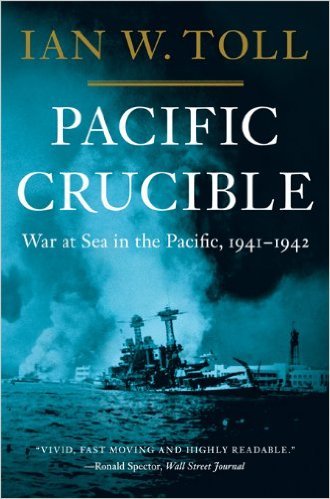

“Both a serious work of history . . . and a marvelously readable dramatic narrative.”—San Francisco Chronicle
On the first Sunday in December 1941, an armada of Japanese warplanes appeared suddenly over Pearl Harbor, Hawaii, and devastated the U.S. Pacific Fleet. Six months later, in a sea fight north of the tiny atoll of Midway, four Japanese aircraft carriers were sent into the abyss, a blow that destroyed the offensive power of their fleet. Pacific Crucible tells the epic tale of these first searing months of the Pacific war, when the U.S. Navy shook off the worst defeat in American military history and seized the strategic initiative.
This dramatic narrative, relying predominantly on eyewitness accounts and primary sources, is laced with riveting details of heroism and sacrifice on the stricken ships and planes of both navies. At the war’s outset, Japan’s pilots and planes enjoyed a clear-cut superiority to their American counterparts, but there was a price to be paid. Japanese pilots endured a lengthy and grueling training in which they were disciplined with baseball bats, often suffering broken bones; and the production line of the Zero— Japan’s superbly maneuverable fighter plane—ended not at a highway or railhead but at a rice paddy, through which the planes were then hauled on ox carts. Combat losses, of either pilots or planes, could not be replaced in time to match the fully mobilized American war machine.
Pacific Crucible also spotlights recent scholarship that revises our understanding of the conflict, including the Japanese decision to provoke a war that few in their highest circles thought they could win. Those doubters included the flamboyantly brilliant Admiral Isokoru Yamamoto, architect of the raid on Pearl and the Midway offensive.
Once again, Ian W. Toll proves himself to be a simply magnificent writer. The result here is a page-turning history that does justice to the breadth and depth of a tremendous subject.
659 pages, Kindle Edition
First published November 14, 2011
Halsey had not yet tasted fame, and possibly did not yet realize that he would become the public face of the U.S. Navy, but in pointed contrast to King or Nimitz he was willing to play the part of the salt-stained sea gladiator. Samuel Eliot Morison would observe that the press “expected admirals to pound the table and bellow as in the movies.” Halsey pounded and bellowed. He had just the right look for the role. His square face was battered by wind, sun, and salt; his thinning hair was combed straight back from his spacious forehead; his wide-set eyes were crowned by a regal pair of undomesticated Scottish eyebrows. When he smiled, he seemed to leer…He was a sailor’s sailor, and popular on the lower deck. “As a general rule,” he avowed, “I never trust a sailorman who doesn’t smoke or drink.”*
The first group of Dauntlesses descended on [the Kaga’s] port quarter, and her captain, Jisaku Okada, ordered hard astarboard to send the big carrier into a clockwise turn. But the Kaga was slow to respond to her helm, and the SBDs made the needed corrections to keep the flight deck in their sights. The Japanese crew watched in dismay as the bombs separated from the bellies of the diving planes and fell directly toward them. The first three missed narrowly, throwing huge towers of water up on either side of the ship. But the next four hit in quick succession, two amidships and two forward. The results were cataclysmic. The carrier’s small superstructure was almost completely destroyed, killing most of the ranking officers, including Captain Okada. The island’s windows were blown out, its outers kin was stripped off, and its interior spaces were flooded with so much smoke that the survivors were driven out on deck. The forward elevator took a direct hit and was smashed downward, never to operate again. A bomb pierced the flight deck amidships and exploded in the crew’s quarters adjacent to the hangar, killing unknown scores…Fuel tanks and munitions detonated on the hangar deck. Ensign Maeda sought cover under the flight deck near the stern. As the bombs struck, he shouted to some of his fellow pilots in their staterooms – “It is dangerous here, get the hell out!” As he climbed the ladders, he noticed the ship was taking on a dangerous list; then an explosion flung him to the deck and pierced his leg with shrapnel…
“The Japanese people were rapidly succumbing to what would later be called shoribyo, or “victory disease”—a faith that Japan was invincible, and could afford to treat its enemies with contempt. Its symptoms were overconfidence, a failure to weigh risks properly, and a basic misunderstanding of the enemy.”We read about the main strategy makers on both sides, (with biography sketches on Nimitz, King and Yamamoto) and Toll ties up his analysis with an excellent critical study of the main operations from Pear Harbor to Midway. It relies on plenty of Allied and Japanese primary sources. He tells how important the effort of the code breakers in Hawaii (not free of internal conflict with Washington!) was to the success of American strategy, one of the only major advantages that the Allied had over the Japanese at the start of the war.
"The success of the American codebreaking campaign was so complete that it consolidated the field of communications intelligence within the U.S. Navy. By making believers out of the key decision makers in the upper ranks, who had entered naval services when radio technology was in its infancy, the victory of Midway ensured that communications would never again suffer for funding, manpower, or respect."Toll ends with a very interesting analysis of the opponents, giving us a glimpse of what was to come in the next years of war:
“Here, neatly encapsulated… were the two combatants’ strategic paradigm for the remaining war. Japan’s transcendent ‘fighting spirit’ was to be pitted against America’s overwhelming industrial-military might…Excellent! Highly recommended.
For all its industrial-military power, the Japanese military calmly asserted, the United States lacked the required intangible spiritual qualities to prevail over Japan. A mongrel people, hopelessly individualistic and democratic, pitted against one another in bitter capitalist competition, the Americans would soon tire of the fight and go home…
The American conception of ‘fighting spirit’ was very different from the Japanese, but once fully aroused it was sufficient to the task, and sufficiently resilient.”

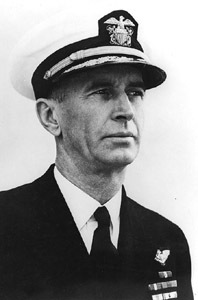
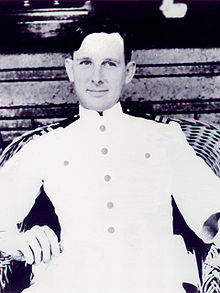

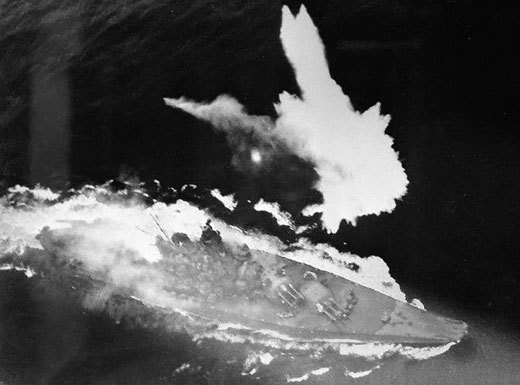



Isoroku Yamamoto
By 1940 world leaders were following the teachings of Alfred Thayer Mahan, a historian and Naval officer whose book The Influence of Sea Power upon History, made him world-famous and perhaps the most influential American author of the nineteenth century. He contended that wars could be fought and won with a command of the sea and stressed the profound importance of a strong navy.
The Battle of the Coral Sea was fought because of Japan's attempt to attack and occupy Port Moresby in New Guinea in order to cut supply lines between the U.S. and Australia. It was largely considered a draw, but it did stop the Japanese from invading Port Moresby and threatening Australia. Many people refer to the conflict as the ‘Battle that saved Australia’. The Battle of the Coral Sea is considered a tactical victory for the Japanese, but a strategic victory for the Allies.
The attack on Midway was a stunning success for the allies and huge credit goes to the brilliance of the Rochefort group of cryptanalysts who broke Japanese codes. U.S. Admirals were hesitant to concentrate the entire U.S. fleet forces on this tiny spec of land called Midway on a certain day at a certain time. It could be disaster. It could be a clever diversionary Japanese tactic. Admirals Nimitz, King and Spruance had to blindly trust. Follow the ideas of a cryptanalyst? This had never been even considered! What a tough decision. A snap decision, but in the end they made the right decision. Midway turned out to be perhaps the most stunning success in U.S. naval history. 
Captain Joseph Rochefort - Cryptanalyst
The Doolittle bombing raid on Tokyo was the first time the Japanese had been attacked on their homeland, so at the time they were more than a little inflamed (no pun intended).
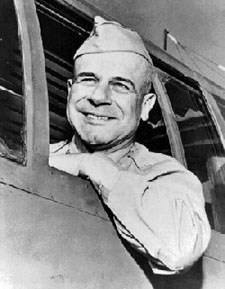
Lt. Gen. James "Jimmy" Doolittle
The Japanese hoped that a demoralizing defeat would force the U.S. to capitulate, thus ensuring Japanese dominance in the Pacific. The Battle of Midway was a sea battle. The plan was to lure the American aircraft carriers into a trap and occupy Midway. Although the United States was outnumbered in naval vessels, aircraft and crew, they didn't lack in determination. In the 4 days of battle at Midway, the Japanese lost 4 aircraft carriers to one U.S. Pacific Fleet carrier (The Yorktown), thus reversing the tide of the previously invincible Japanese navy.
This well woven narrative is part one of a trilogy. I guess I did it backwards. First I read  ,The Conquering Tide: War in the Pacific Islands, 1942-1944 which should have been the second volume of three.
,The Conquering Tide: War in the Pacific Islands, 1942-1944 which should have been the second volume of three.
Volume 3 is yet to come out, but will be called "Twilight of the Gods: War in the Western Pacific, 1944-1945," is expected to be published soon. I am very much looking forward to it.